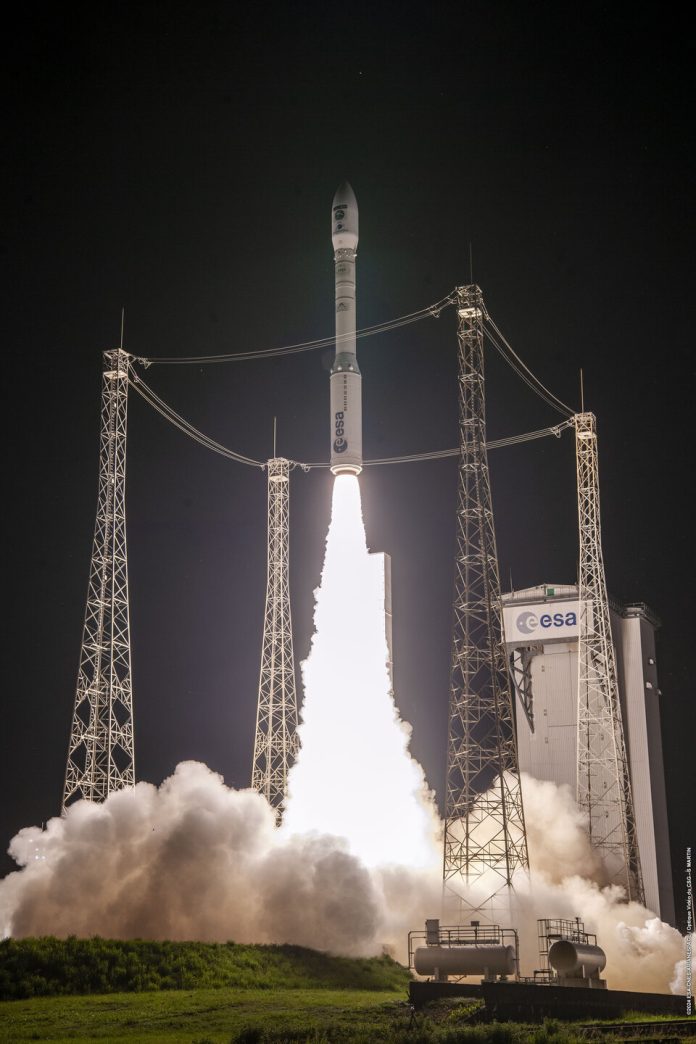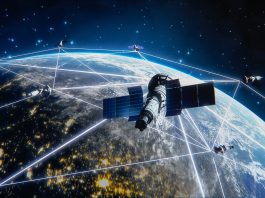Science Secretary Peter Kyle welcomed the launch of the Sentinel-2C satellite, which lifted off successfully this morning from Kourou in French Guiana.
The third satellite in the Copernicus Sentinel 2 mission, the Sentinel-2C satellite will generate valuable images and data to help respond to natural disasters, monitor pollution and inform action on climate change.
The Sentinels are a fleet of satellites that observe the planet and gather vast quantities of data, which feed into Copernicus, Europe’s Earth observation programme.
The UK participates fully in Copernicus through its membership in both the European Space Agency and EUMETSAT and its participation agreement with the EU.
Opportunities for UK scientists
UK industry and expertise contributed to the building of the Sentinel 2 satellites. This included Teledyne e2V, based in Chelmsford, which provided a metal oxide sensor (CMOS), part of the satellite’s multispectral instrument, which detects visible and near-infrared light jointly with Airbus.
UK scientists also provide expert advice on the development and implementation of the mission.
Secretary of State for Science, Innovation and Technology, Peter Kyle, said: “As the world’s most comprehensive satellite Earth observation system, we are working to ensure that Copernicus benefits UK businesses and citizens, supports our space industry, and grows our economy.
“The Sentinel satellites, kitted out with UK-built equipment, will deliver immensely valuable data — from helping emergency services respond to major disasters to flagging gas leaks that endanger our planet.”
Now, the UK is once again a full participant in Copernicus, and there are numerous future opportunities for UK companies and scientists to be part of the industrial teams building the next generation of Sentinels.
What will the Sentinel-2C satellite capture?
It is important to ensure continuity of service into the future, as companies and public sector bodies are integrating the use of Copernicus data into everyday business decisions.
Sentinel-2C will enhance these capabilities and offer new biophysical data, such as leaf area index, leaf chlorophyll content, and leaf water content, for use in monitoring the growth and health of crops and plants.
“Satellites improve life on Earth and protect our planet. The UK has played a key role in the development of the Copernicus programme to date, and we’re confident that our ongoing participation will generate even more industrial contracts and world-leading climate science,” explained Dr Paul Bate, Chief Executive of the UK Space Agency.
He concluded: “As we also prepare to take on the role of Chair of the Committee on Earth Observing Satellites next month, the UK is fully committed to driving forward the greater use of satellite data to benefit our citizens, as well as communities all over the world.”









